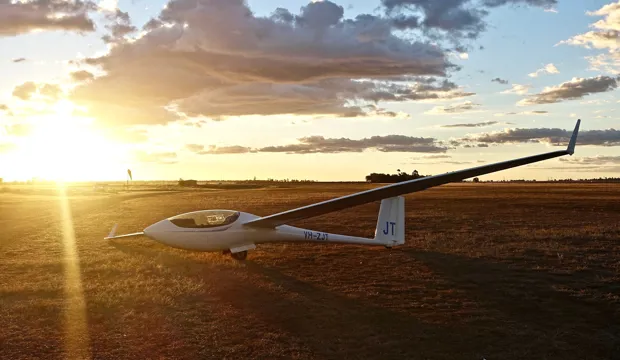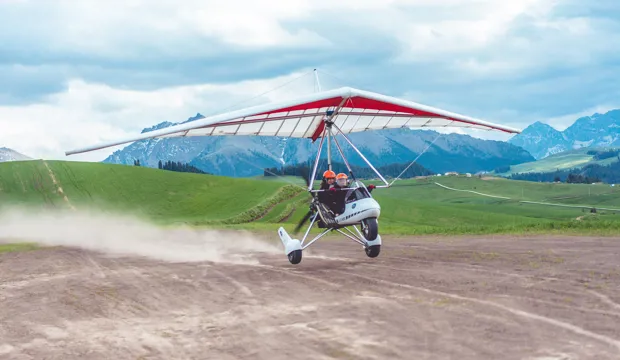
What is aerodynamics?
Making and testing an aerofoil
Understanding aerodynamics is key to understanding flight. Aerofoils are designed to allow aircraft to fly. The design of these is crucial to minimise drag and increase lift. Can you make and test your own aerofoil?
This is one of a set of resources produced in conjunction with the engineering company Arconic. The resources are designed to support teaching of key engineering concepts at both KS3 and KS4, including the new GCSE in Engineering. This resource focuses on understanding aerodynamics and making a simple aerofoil.
Activity: What is aerodynamics?
In this activity, learners will make and test a simple design for an aerofoil. They will learn about the terms lift, drag, and thrust and how these apply to aircraft. This engaging activity will build knowledge of aerodynamics theory and how this can be applied.
This could be used as a one-off main lesson activity, as an introductory lesson to a wider unit of work focusing on aerodynamics or as part of a scheme on aircraft design using all of the resources developed in association with Arconic. It could also be used to support our existing IET Faraday resources.
This activity can be completed as individuals or in small groups.
A small piece of paper (A5) would be suitable to make the aerofoil.
Air could be applied by blowing or using an electric fan on a low setting. The aerofoil could also be attached to the desk with a piece of spring during the testing to prevent it from moving backwards and so that flight can be more easily observed. This could be fed through the space inside the aerofoil, and taped to the desktop at both ends, allowing some slack so that it can raise/fly. Alternatively, a wood dowel could be inserted loosely through a hole made in the top and bottom of the aerofoil.
Different aerofoil shapes
Aerofoils with a smaller upwards bow and a flat bottom are designed to reduce drag and increase speed, for example fighter jets and race planes.
Aerofoils with a larger upwards bow and a flat bottom are designed to produce higher lift but slower speeds, for example transport aircraft.
A square shaped front would not be a good design for an aerofoil as the air would not flow aerodynamically around the shape.
How long will this activity take?
This activity will take approximately 50-60 minutes to complete.
Tools/resources required
- Projector/Whiteboard
- Small pieces of paper or thin card
- Tape, e.g. masking tape
- String
Suggested learning outcomes
By the end of this activity students will have an understanding of the terms lift, drag and thrust, they will have an understanding of how an aerofoil works and they will be able to make and test a simple aerofoil design.
Download the free What is aerodynamics? activity sheet below!
All activity sheets, worksheets and supporting resources are free to download, and all the documents are fully editable, so you can tailor them to your students’ and your schools’ needs.
The activity sheet includes teacher notes, guidance, useful web links, and links (where appropriate) to the national curriculum in each of the four devolved UK nations; England, Northern Ireland, Scotland and Wales.
Please share your classroom learning highlights with us @IETeducation.





